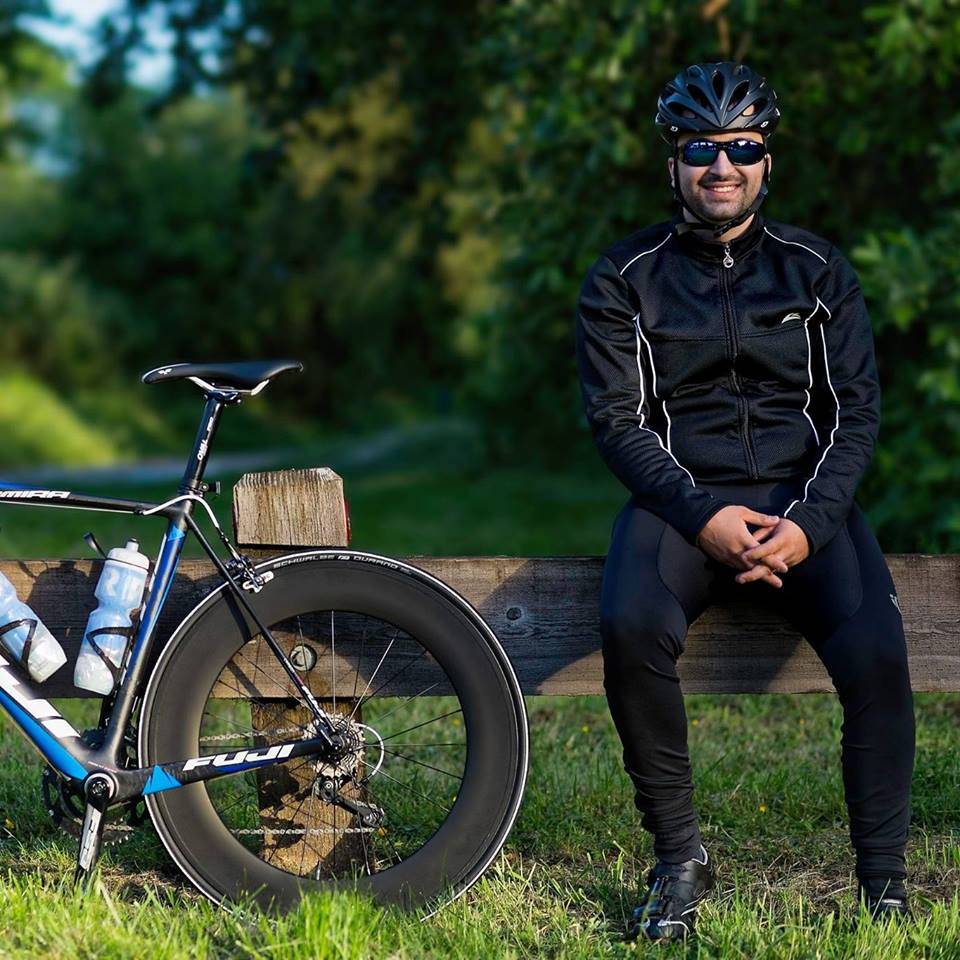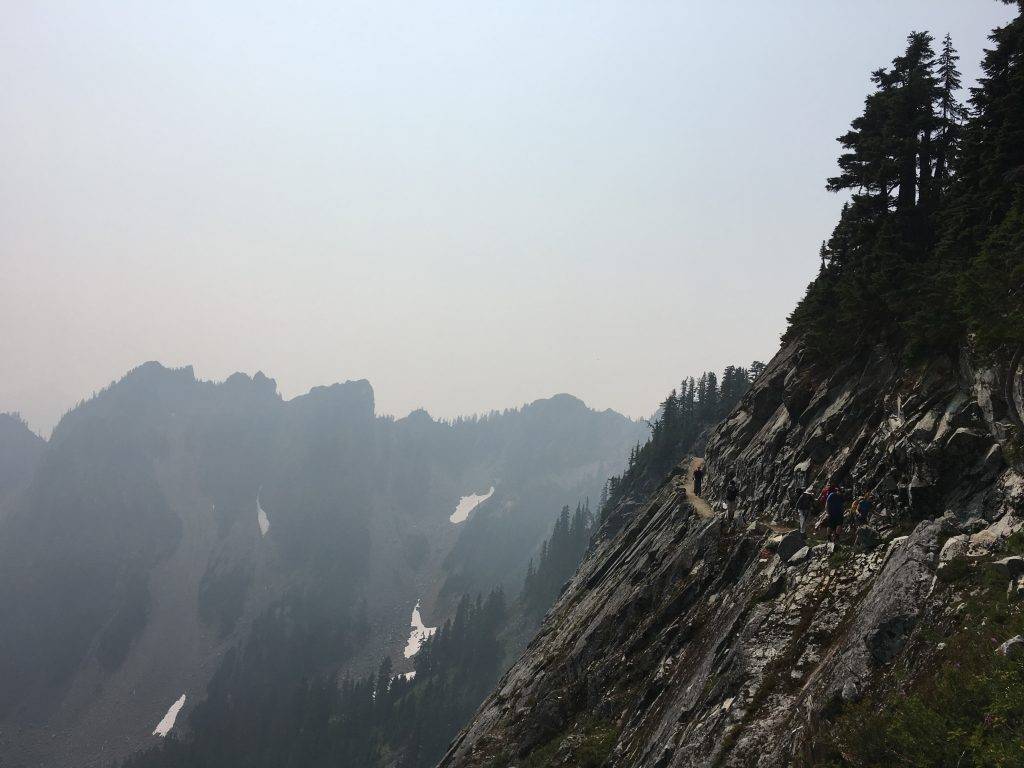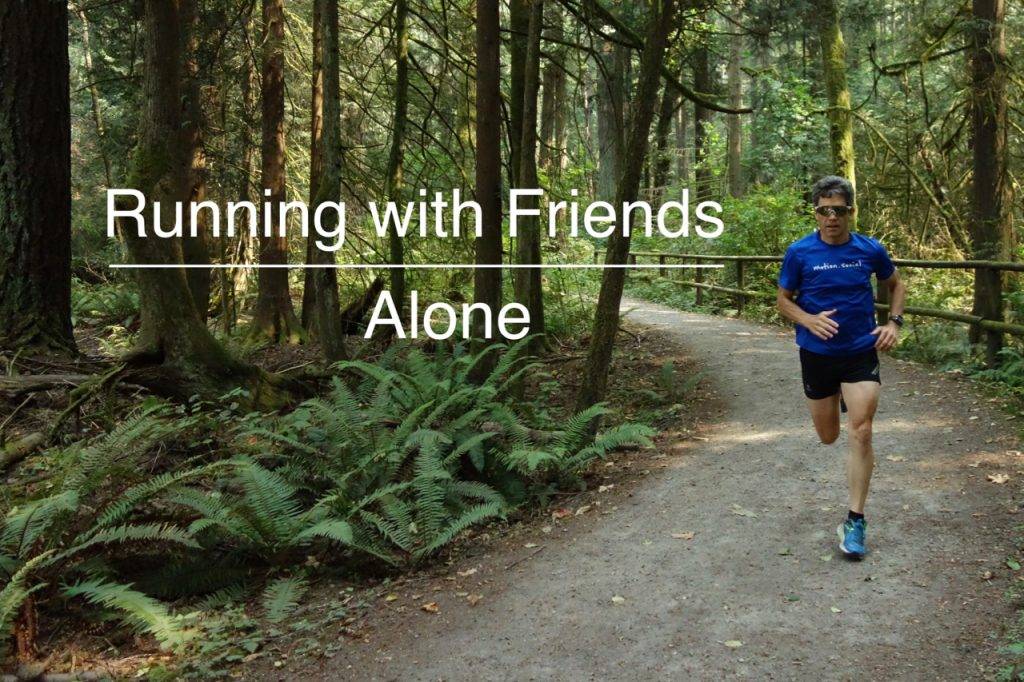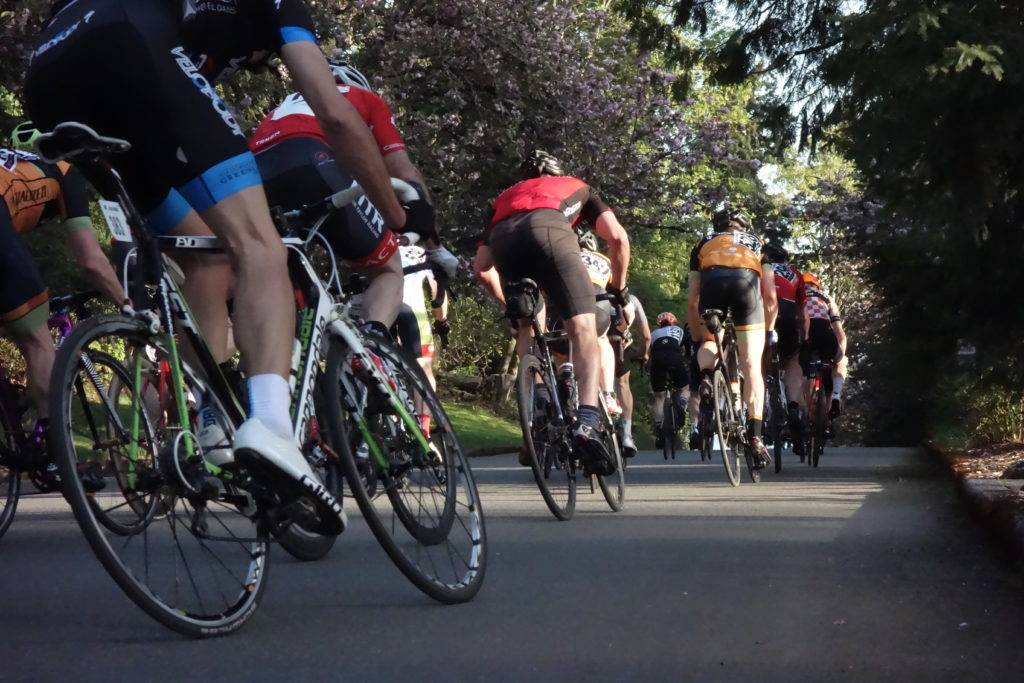“Mindfulness” is at the forefront of popular culture these days. It gets pitched as a cure-all that promises to make you a better everything, from executive to athlete.
I’m a 30+ year practitioner of a meditation practice called Vipassana as taught by S.N. Goenka (1924-2013). Vipassana falls under the broad umbrella of “mindfulness,” and is probably the source of the entire genre. With this experience (and bias) as context, here is my take on “mindfulness,” and a brief primer about Vipassana, which gets described as a “mindfulness meditation.”
Since I’ve been doing this kind of meditation a long time, I obviously think it’s immensely beneficial. But, as far as the widespread marketing of “mindfulness:”
The promise of mindfulness in popular culture is perhaps made intentionally vague by marketers. The widespread use of the term renders it meaningless and confusing. It’s used to communicate sentiments like “let’s not be jerks to one another at the company meeting,” and as synonyms for “thoughtfulness,” “intention,” “being present,” “attention,” and so on. Those are all admirable qualities, but these concepts are often presented as a variation of “mindfulness meditation,” which isn’t accurate.
Many of the claims made in wellness magazines, websites, and by app developers are over-hyped, and oversimplified. The fact that mindfulness is a *commercialized* wellness product is a big red flag. Caveat emptor.
Distinct from the broad, vague concept of pop-mindfulness, Vipassana promises a very specific, very ambitious long-term (lifetimes) objective: a permanent end to suffering. Shorter-term (this life), Vipassana is a tool for cultivating a calm, quiet mind capable of handling the ups and downs of life with equanimity. Vipassana makes you a more effective executive or athlete as a by-product of developing your potentials as a human being.
What is Vipassana?
Vipassana is the kind of meditation discovered by the Buddha. It’s a practice and a discipline that hones mental well-being. Because it was taught by the Buddha, and Buddhism is considered by some to be a religion, this kind of meditation gets labeled as religious. It’s not. Buddhism teaches a way to end suffering that depends on self-determination. There is no god in Buddhism. There is no appeal to a god to save you or grant you entry to a heaven. The Buddha taught that it’s up to you to practice specific skills that lead to the end of suffering.
That Vipassana is a mental discipline is part of what first attracted me. I see it as a way to become fully human, and the most important tool available for personal development. Despite what we tend to believe about ourselves, there really isn’t much in human life that we can actually control. You’d think we’d at least have *some* control over our own minds.
Try this experiment: Close your eyes and feel the flow of your breath in and out of your nostrils for a minute. Steadfastly, without getting lost in thought.
How did it go?
That lack of control you just experienced is the source of all the misery in the world. Toxic thoughts constantly play inside our heads, and we express them when we interact with others. We’re unable to stop ourselves from unconsciously reacting in provocative situations, which might not actually be all that provocative. When we feel miserable (and most of the time we are totally unaware of those miserable feelings), we spread the misery far and wide. In contrast, as we gain control of and understanding about our minds, we grow in our capacity for empathy and compassion, and in our ability to spread vibrations of loving kindness and sympathetic joy.
The Vipassana practice is extraordinarily simple: sit down and observe the constantly changing sensations in the mind and body. How hard could that be?
To learn Vipassana you need to attend a 10-day silent retreat. Yes, there are apps that offer guided “body scanning” meditations that are similar in character to Vipassana. But, to get the hang of it you must temporarily disconnect from society so there are no distractions. Yes, you might get some short-term relief with a 10-minute hit from an app, but an important goal of Vipassana is to change the underlying habit patterns of the mind. It’s just not possible to make the necessary changes if you spend 23 hours 50 minutes a day engaged in those very habit patterns. You need to check out in order to check in.
I frequently come across articles about being a mindful runner or athlete. It is true that Vipassana and related kinds of meditation include “walking meditation,” but I don’t think a “running meditation” will improve your running. If you are training for competition, follow your training plan. If running is a way for you to de-stress from life and work, then schedule a regular time in your day to move fast and hard enough to get a stress-relieving dose of endorphins. Zoning out during exercise may feel meditative, but it’s not. Vipassana requires constant attention, which at least to me is somewhat exhausting. If meditation is part of your life, do it during a separate chunk of time.
As Burmese meditation master Sayagyi U Ba Khin (1899-1971) recommended:
“…it would be wise for (the meditator) to follow the motto of ‘work while you work, play while you play.’ There is no need for (the meditator) to be activating (a state of awareness) all the time. It should suffice if this could be confined to a regular period, or periods, set apart in the day or night for the purpose. During this time, at least, an attempt must be made to keep the attention focused inside the body, with awareness devoted exclusively to (the constantly changing sensations in the body)…”
The retreats are rigorous. You agree to stay the entire ten days. You agree to a vow of silence (although you are allowed to ask the teachers questions.) The daily schedule begins at 4AM, ends at 9PM, and about 13 hours per day is dedicated to meditation. There are no meals after 12 noon.
The purpose of these restrictions is to facilitate a serious focus on meditation.
The Vipassana practice is comprised of three parts:
1. Moral discipline: The basic operating principle here is “do no harm” to yourself or others. The more progress you make along the Vipassana path, it’s essential to develop awareness about how “doing no harm” to self and others interferes with your progress toward inner peace. All of the drama in your life is harming you or someone else. Own it. Dial it down a few notches. Less drama means a calmer mind. To “do no harm,” you likely need to make strong intentional changes that disrupt the status quo of your life.
Our visit to this planet is short, so we should use our time meaningfully, which we can do by helping others wherever possible. And if we cannot help others, at least we should try not to create pain and suffering for them. –Dalai Lama
2. Mental concentration: In Vipassana this is a specific kind of focused attention on the sensations in the body. There are a variety of ways of developing this skill. In Vipassana, the object of concentration is initially the sensations associated with a natural breath, and around the nostrils. You may feel the incoming breath, outgoing breath, itching sensations, tickling sensations, and even no sensation. The goal is to stay entirely focused on this area of the body for longer and longer periods of time. Since the breath is happening right now, you are paying attention to the reality of here and now. As you get better at this skill, the mind gets calmer and calmer.
3. Developing “wisdom:” In Pali, the ancient language used at the time of the Buddha, the term for this part of the progression is “pañña” (pahn-ya.) This usually gets translated as the “wisdom of insight.” I don’t think this translation makes it any clearer. My working definition for pañña is: the wisdom that arises as a result of equanimously observing the constantly changing sensations throughout the body. Huh? Let’s unpack that a bit.
In the context of Vipassana, “equanimity” means to calmly, objectively observe the sensations in the body without reacting. Strong painful sensation in the legs? Just observe the changes that occur there. Incredible itching sensation on the left cheek? Just observe the changes that occur there. In fact, starting on day four of a 10-day retreat, there are three group meditation sessions when the goal is to sit for an full hour without moving at all. By equanimously observing the sensations in the body in this way you begin to wrestle control of a wild mind that constantly, unconsciously, reacts.
As the Vipassana practice gets better, the mind becomes more discerning. You become able to observe a wide range of sensations in the body. They can be painful sensations that encompass large areas of the body, or very subtle oscillations that come and go at a very fast frequency. You might experience all sorts of sensations at the same time. With greater awareness, the mind emphasizes/prioritizes what is happening right now rather than ruminating on the past, or fantasizing about different futures.
This is the progression taught by S.N. Goenka. Other teachers employ slightly different approaches. Different approaches may work better for you depending on your temperament. The Buddha adjusted the specifics of the technique to the abilities and predispositions of each meditator.
Resources
I first tried Vipassana based on a book about the teachings of the Buddha, and the recommendation of a friend. Now, there are abundant blog posts and videos about it. Most seem to be produced by folks who have recently completed their first meditation course, so their experience and understanding is relatively limited. If you go down this path of researching about folks’ experiences I suggest looking at multiple sources, and take all of them with a grain of salt.
The official Vipassana website is here.
There are Vipassana meditation centers all over the world. We have three meditation centers in the Pacific Northwest, one in Washington state, and two in British Columbia:
Dhamma Surabhi, near Merritt, BC
Dhamma Modana on Vancouver Island
Dhamma Kuñja, near Onalaska, WA
In addition, a new center is being established in Idaho, and courses are periodically held in Oregon at a state park with overnight sleeping facilities.







For a bit of context about SN Goenka’s role in mindfulness as we know it, here is a NY Times obituary posted on April 3, 2019:
Overlooked No More: S.N. Goenka, Who Brought Mindfulness to the West
https://www.nytimes.com/2019/04/03/obituaries/sn-goenka-overlooked.html?smid=nytcore-ios-share